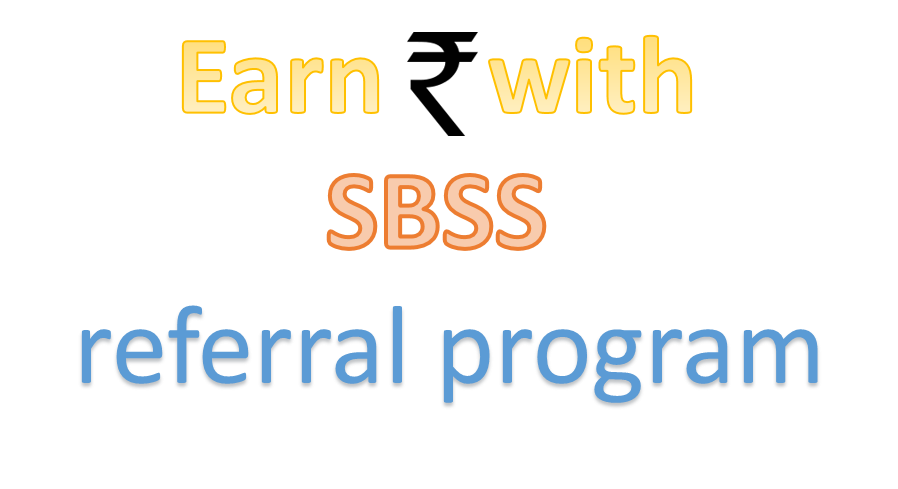Course Name: – Learn Data Science – Do Programming using Python
Date & Time: – Sat 04th Apr to Sat 30th May 2020 every Saturday from 08:00 AM to 11:00 AM
Cost: –
Booking between 24 Feb 2020 to 14th March 2020 – 1000 INR discount, you pay 19000 INR
Booking between 15th March to 28th March 2020 – 500 INR discount, you pay 19500 INR
Booking between 29th March to 03rd April 2020 – 0 INR discount, you pay 20000 INR
How to Join?
Click Here
Key Features
-
-
- No PPT’s completely Hands-on Data Science – Mathematics and Python training.
- Installation required in your laptop for training
-
Why Data Science? and choose as career?
Executional Syllabus: –
| Python Quick Start and Basics | Installing Python framework and Pycharm IDE. Creating and Running your first Python project. Python is case-sensitive Variables, data types, inferrence & type() Python is a dynamic language Comments in Python Creating function, whitespaces & indentation Importance of new line List in python, Index, Range & Negative Indexing For loops and IF conditions PEP, PEP 8, Python enhancement proposal ELSE and ELSE IF Array vs Python Reading text files in Python Casting and Loss of Data Referencing external libararies Applying linear regression using sklearn Creating classes and objects. Zip and UnZip Numpy and Pandas |
| Array vs Pandas | Referencing Numpy and Pandas Creating a Numpy array Numpy Array vs Normal Python array Why do we need Pandas? Revising Arrays vs Numpy Array vs Pandas |
| Machine Learning Fundamentals – BOW, Vectors and Labels |
What is Machine learning? Algorithm and Training data. Vectors. Models in Machine Learning. Features and Labels. Bag of words. Implementing BOW using SKLearn. The fit Method. StopWords. The transform Method. |
| Understanding TD and IDF |
Corupus / Documents, Document and Terms. Understanding TF Understanding IDF TF IDF. Performing calculations of TF IDF. Implementing TF IDF using SkLearn IDF calculation in SkLearn. |
| Regression | Linear Regression Models Non Linear Regression Models |
| Classification |
Classification Decision Tree Logistic Regression Bayesian Support Vector Machinesa |
| Clustering |
K-means Clustering and Case Study DBSCAN Clustering and Case study Hierarchical Clustering |
| Association |
Apriori Algorithm Candidate Generation Visualization on Associated Rules |

